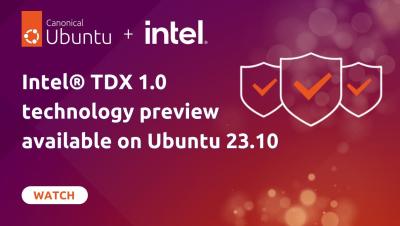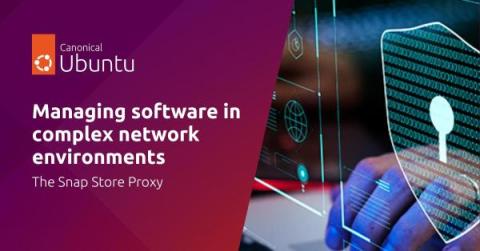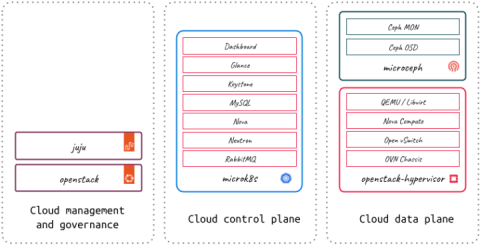Syslog Server Guide and 5 Recommended Tools
To optimize the performance of your network devices, you must gather and analyze all your network data. Usually, this information comes in the form of logs or syslog messages. Syslog is a form of messaging protocol used by network devices to collect statuses, events, logins, failures, and other important data.











